One thing that I find interesting is learning about how the Pixar films are made and what goes on behind the scenes to prepare these new and fun films that my family gets excited about. On my trip to Monterey last month for the #FindingDory event we met with Co-Director Angus MacLane and Story Supervisor Max Brace to learn how Dory’s story came to be and how it was developed and taken from the story’s script to storyboards.
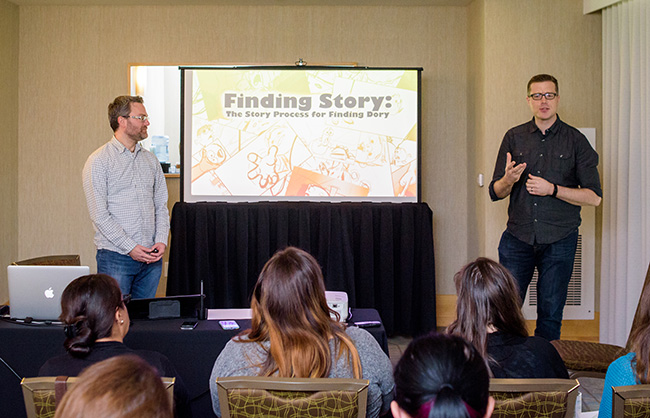
Photo by Marc Flores. ©2016 Disney•Pixar. All Rights Reserved.
Brainstorming
Angus MacLane came to the Finding Dory project early on when Director Andrew Stanton had the first idea of the movie. Stanton shared his ideas for the movie privately with MacLane and wanted to know what he thought of his idea, what he wanted to come out of the film and if he wanted to join as co-director. MacLane said he loved his idea and would love to join his team and from that point they brainstormed ideas and also met with Bob Writer (co-writer for Finding Nemo) which started the film’s journey into production.
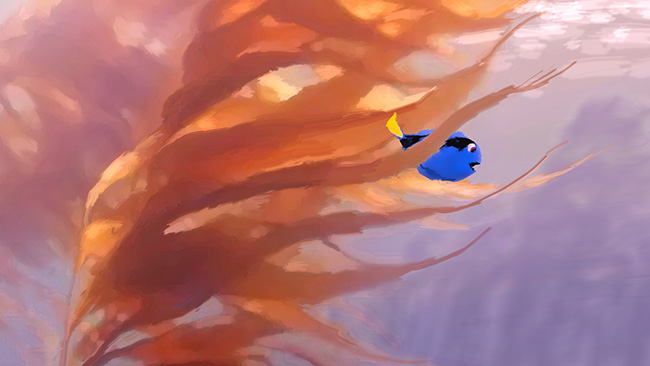
©2016 Disney•Pixar. All Rights Reserved.
Sequencing & Storyboards
When producing a film for Pixar, the process from beginning to completion is around four to five years as their stories as research has to be done and their stories are constantly evolving. In making the film Finding Dory, Co-director Angus MacLane and Story Supervisor Max Brace worked on sketching out the scenes from the film’s script pages using sequencing and storyboards to show Dory’s story.
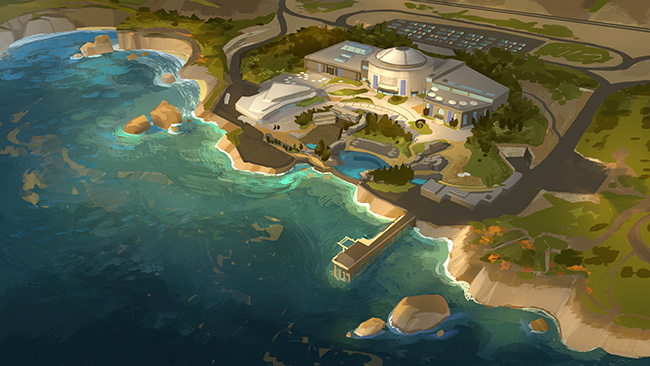
©2016 Disney•Pixar. All Rights Reserved.
Storyboards are basically sketches of the scenes, like a hand drawn version of the film that filmmakers use as a blueprint for their animated films. These storyboards are not overly detailed and will give just enough information to give an idea or direction that they want the story to go into. For film there were 103,639 storyboards created over a three and a half year timespan that went to editorial and reels of scenes were generated every three or four months for feedback. This number also doesn’t include the thumbnails and sketches done prior to the storyboards being created.
Not all scenes created will get kept either! When asked if it can be hard to get attached to a scene they have been working on when it gets cut, MacLane agreed it can be hard but they don’t take it personal because they are always chasing what is best for the film.
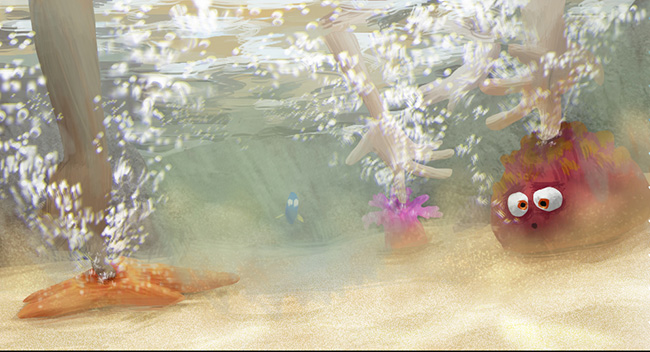
©2016 Disney•Pixar. All Rights Reserved.
What’s Next…
After the storyboards are complete, the next steps are the production phase. These steps include cameras and staging, composition, acting, lighting and editing and more!
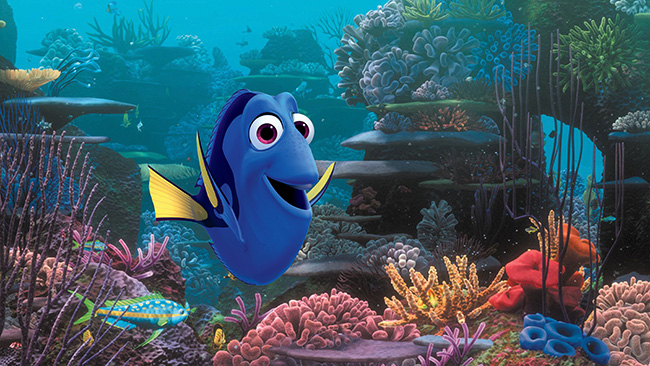
My Thoughts
During our time with Angus Maclane and Max Brace we learned some interesting and cool details about their roles in producing this film. They showed us Sequence 240- The Touch Pool which really had my attention. A touch pool is supposed to be a FUN exhibit in an aquarium for visitors but for the creatures in the touch pool, they wanted to portray it as a WAR ZONE.
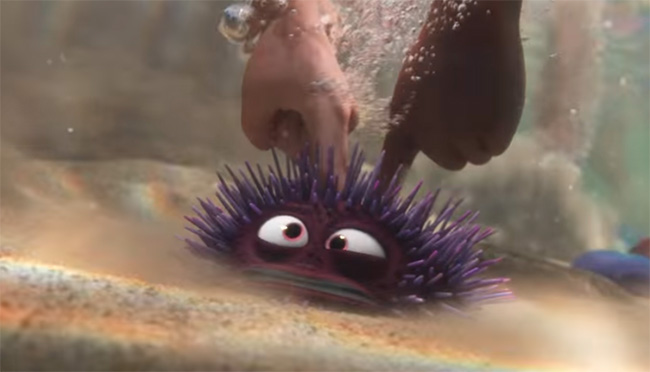
I loved learning about the story’s touch pool/war zone and I think this will be a real FUN part of the movie that my kids will really enjoy!
Watch the Finding Dory Trailer
Finding Dory comes to theaters June 17th!
Find Finding Dory on social media here:
- https://www.facebook.com/PixarFindingDory
- https://twitter.com/FindingDory (#FindingDory)
- https://www.instagram.com/PixarFindingDory/
- https://www.pinterest.com/disneystudios/finding-dory/
- https://disneypixar.tumblr.com
- https://www.youtube.com/user/DisneyPixar





Leave a Reply